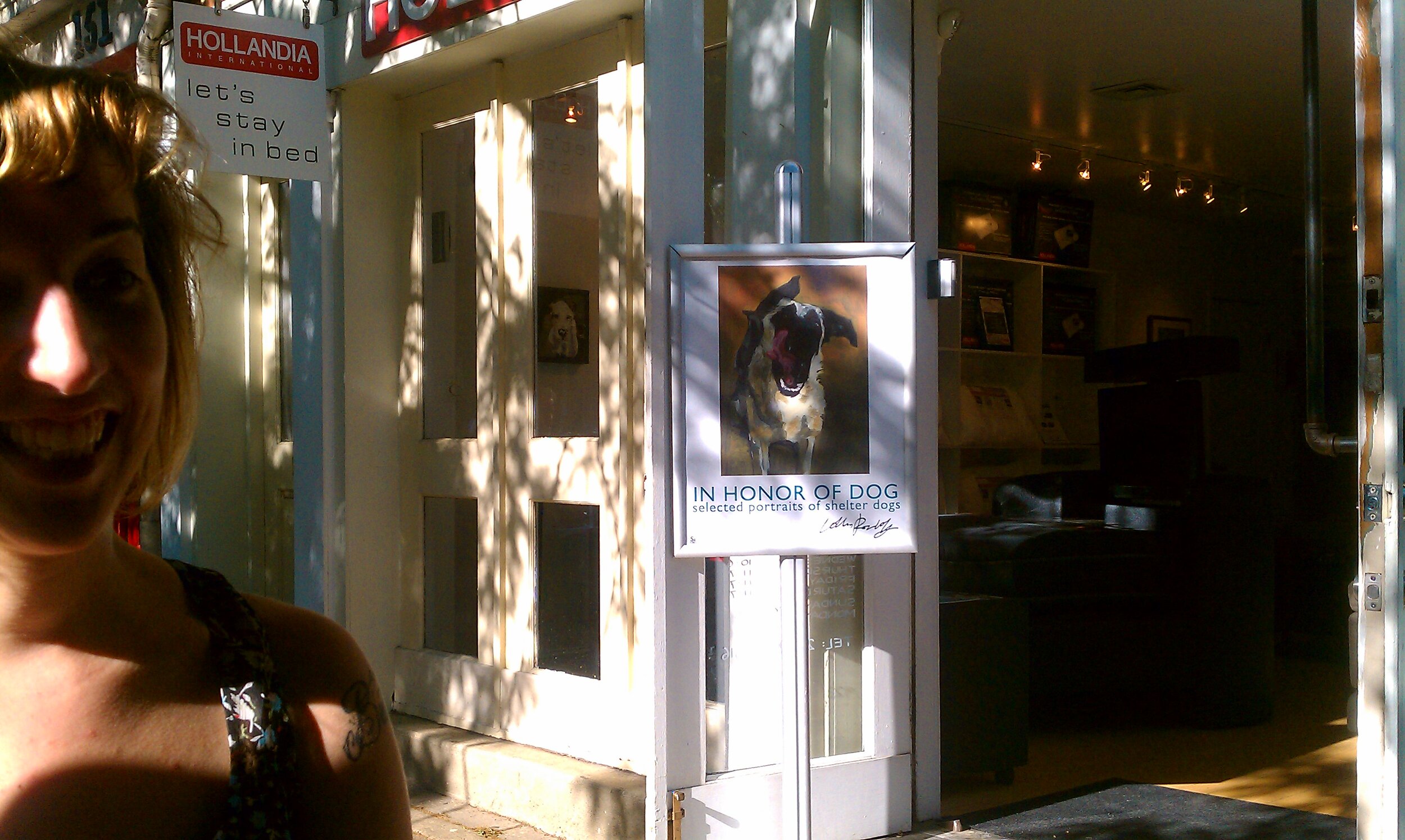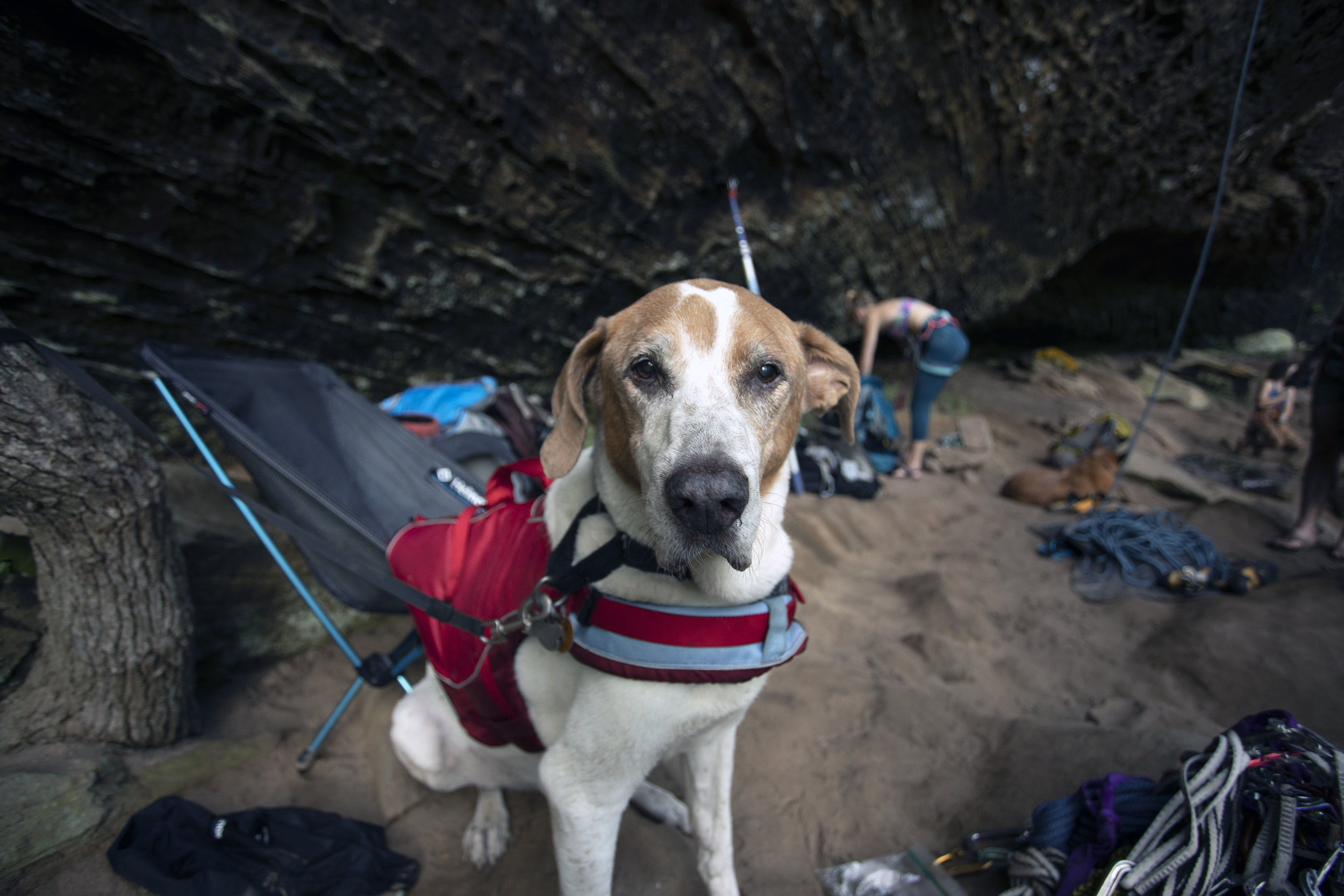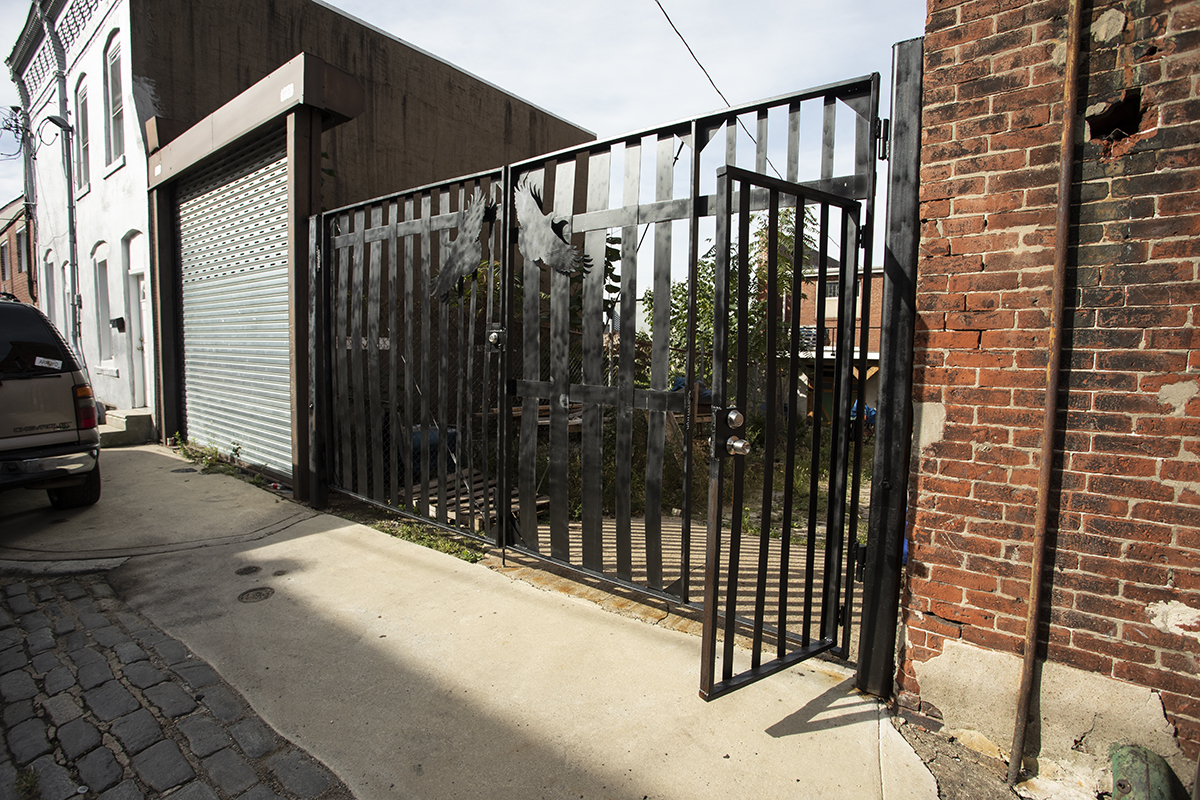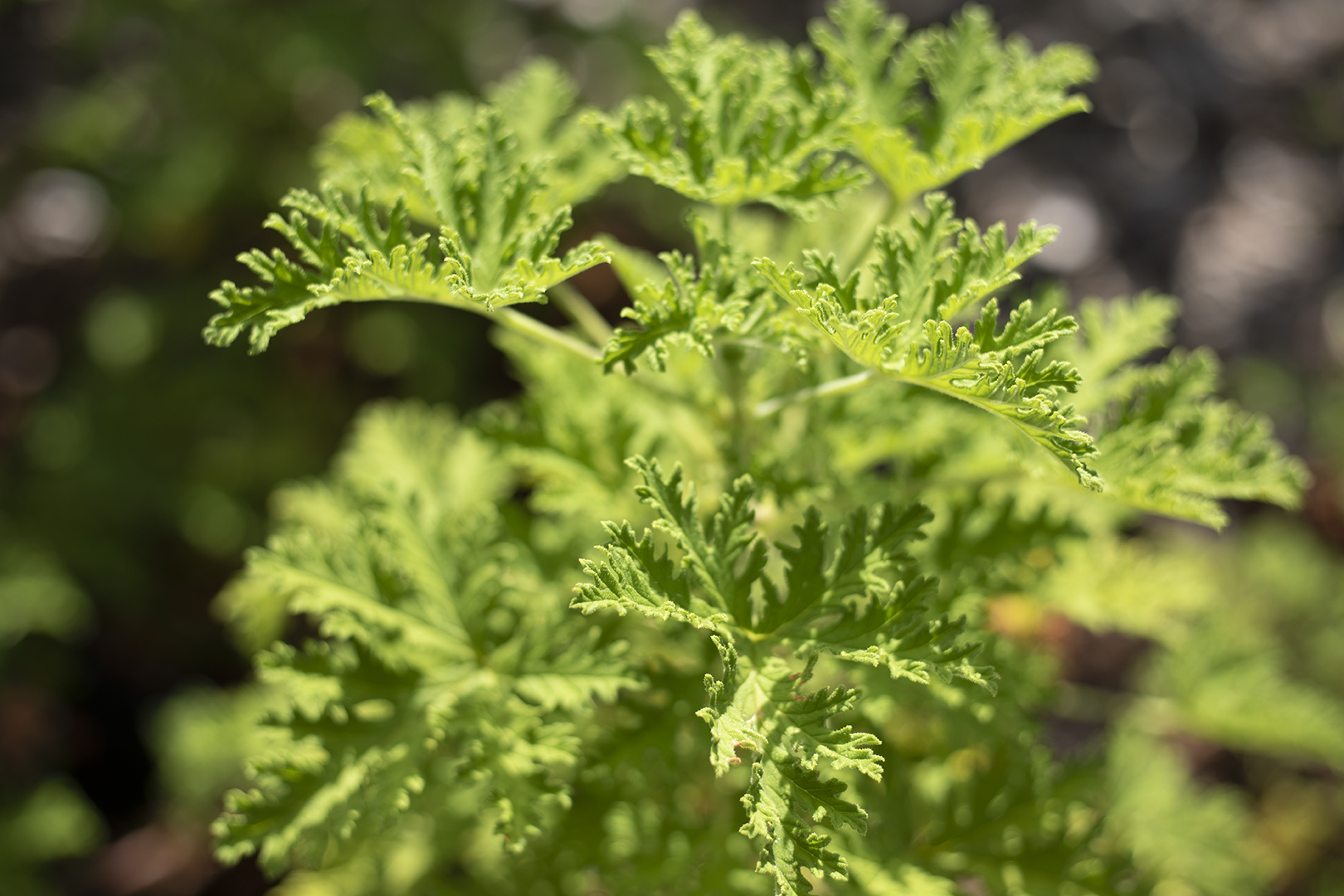Video of the process of making a head with no model, 1st session.
Updated version of Process video for Chimpanzee sculpture
Thank you Polytek Development Corp for their generous donation of the rubber and to Save the Chimps for their inspiring work to provide permanent sanctuary for the lifelong care of chimpanzees rescued from research laboratories and retired from the entertainment industry and the pet trade
Photography Freelance Website
I spent some time going through hard drives and assembling a website to display my photo freelance work. I love doing this work, so please contact me with any questions or needs for photography.
for more, check out: https://colleenrudolf.mypixieset.com/
Process of making my chimpanzee sculpture
Not quite complete, but getting there.
What you Need to Know When Buying Prints
It’s the holiday season, a time to celebrate those you love and potentially give them tangible gifts. Obviously I’m biased, but I believe giving an original art piece is a great way to brighten someone’s day. As an artist, I know a lot of love goes into the making of my work, and somehow the idea of that love getting passed along makes it all the better. *A great book on this subject is The Gift: Creativity and the Artist in the Modern World by Lewis Hyde.
A couple of years back, I worked for Silicon Fine Art Printing where we would make prints for artists all the time. Coupling that with my experience in other printmaking techniques like woodcut, lithography, intaglio, and silkscreen, I am familiar with the specifics of the printmaking world, so it was only natural that I’d offer prints of my work. I myself have purchased prints from artists when prices of originals are just a little above what I can afford.
So with that in mind, I thought it could be helpful to share some information when it comes to purchasing prints from artists.
Editions: This refers to the total number of identical prints created. Editions can be limited and range in number from 5-100 or they can be open, or unlimited. Each print in an edition is signed and numbered by the artist and is the guarantee that only a certain number will exist, ever (if the edition is limited). This explains why editions that are smaller are often more expensive as there will be fewer that exist in the world. Also good to note here that different sized prints of the same imagery will be considered separate editions.
There is also the Artist’s Proof, or AP which is the first print that’s “fit to pull” and serves as the point of reference for which all other prints have to match to be included in the edition.
Processes: There are many methods of printmaking. Woodcut, or relief, is when wood, or sometimes linoleum, is carved into, creating depressions so that when you roll ink onto the surface, where you’ve removed material remains “uninked” and therefore doesn’t transfer when you press paper onto the surface. Intaglio is a process, usually on zinc or copper plates, where similarly, you are carving with tools to scratch the surface or using a variety of acid washes to etch the surface of the plate. Lithography I always thought was the most magical of the processes. Now they have plates, but when I learned we used limestone blocks which we had to sand down by hand after each print and use a special cart to lift and move around. Using grease crayons and tusche washes you made your drawing on the stone. Once complete, you etched the surface using acid suspended in gum arabic. Different strengths were used depending on the tonality of the drawing. Once that process was complete, you washed away your drawing!!!!! Then, when you inked the stone up, your drawing would magically reappear. Ok, it’s not actually magic, but it definitely was exciting. Silkscreen was the method I was exposed to most recently where you can use a combination of stencils and photo sensitive screens to expose drawings or photographs.
So there you have it, a very brief intro to printmaking. Here’s to a wonderful holiday season. Peace and Love :)







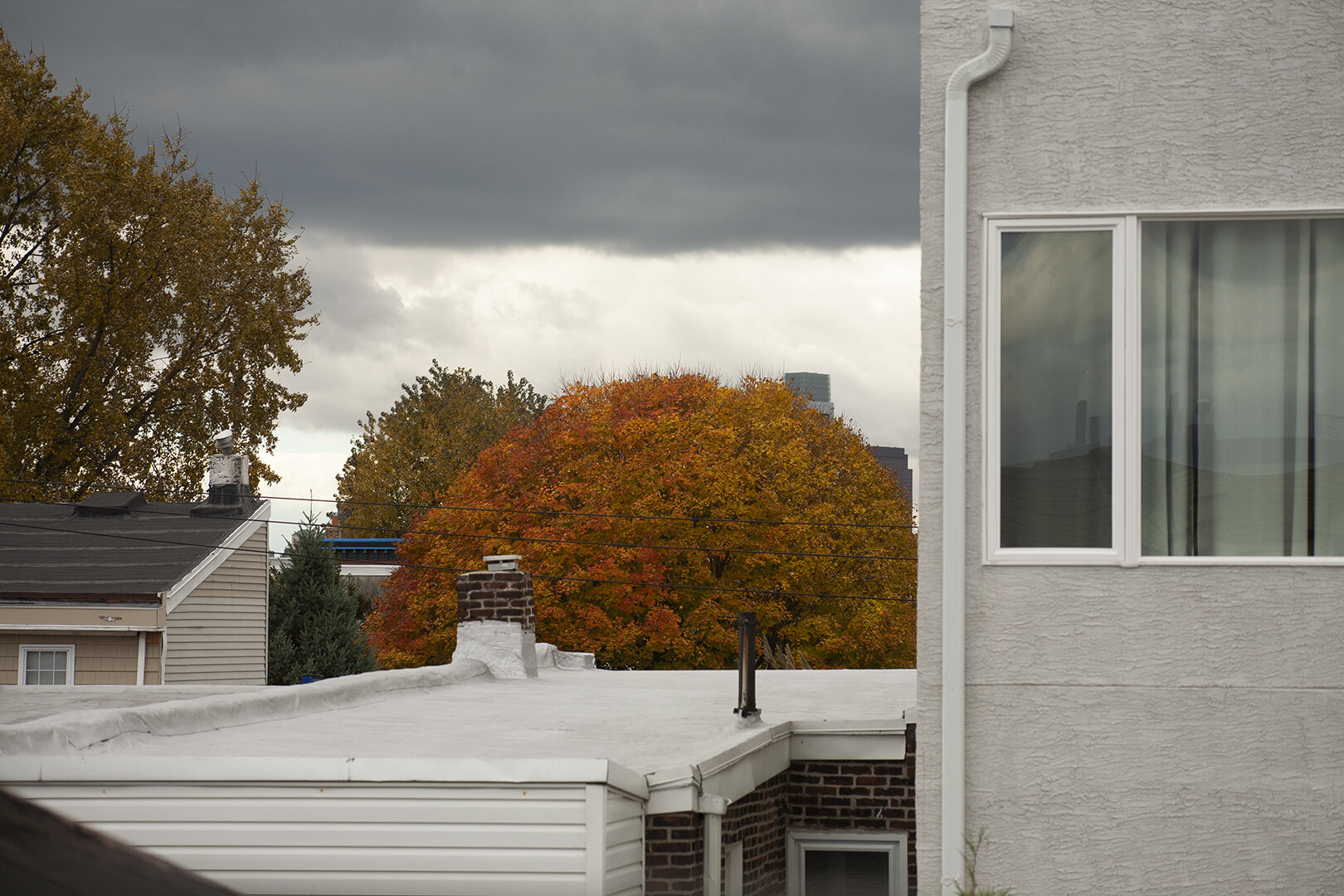






My ode to Autumn
We are getting some fall colors down in the Philadelphia region now. It definitely makes driving better, as along the route there are moments where the otherwise monotonous road landscape is punctuated by beauty. And today as I was driving, I thought about how this last burst of vibrant color is happening before the tree goes dormant for the winter, that the colors are an indicator of a future rebirth. And in some ways it feels like permission to go inward with the hope of beginning again.
PSPCA Bark & Wine Event
This year, I was asked to make drawings for the PSPCA’s annual benefit. There were 12 drawings in total, representing dogs, cats, horses and a bunny.
It was a request that I took very seriously, considering that my work as a volunteer at the PSPCA several years ago was the experience that inspired me to make animal portraits, and subsequently create Portraits by Colleen. Encouraging understanding and compassion of and for these creatures will forever remain a mission. Creating their portraits is one way to highlight each of their individual lives and personalities.
A process video of drawing one of the 2019 drawings.
Images from Portraits By Colleen from over the years.
Process: Texture
Most of the time, I prefer the surfaces of my sculptures to be raw, rough, energized…..wild. I consider smoothing things out, but in general, I’m more interested, excited by and curious about chaotic surfaces.
With the Chimpanzee sculpture, I hadn’t decided how to treat the surface. They are hairy creatures, so how can I allude to that without describing each hair in a regimented and organized way? Today I played with markmaking. We will see if it sticks. So far, I am liking it.
Sculpture Walk
Exciting things happening at Rowan College at Burlington County, where I teach a Sculpture class.
Matador and Bull continues
Drawing continued
The drawing continues….adding more tones, beginning to shape the forms.
Drawing process
The beginning of a new drawing.
Skin of the Sole
Solo show at the Fairmount House November 2018
The Making of Encounter
Red River Gorge, Kentucky
For my birthday this year, I took a fall climbing trip. October is recognized for its ideal temperatures and being that a year had gone by since I last climbed outside, it was time. I have only been down to the Red River Gorge on two other occasions and its appeal lingered in my memory. Located in Kentucky, the gorge provides an enormous amount of climbing surrounded by rolling fields, woods and farmland. There are around 38 people who live in Slade and approximately 13,237 who live in surrounding Powell County. The rock of the Red River Gorge draws both a national and international climbing crowd. I’m interested in how a place as random and seemingly isolated as Slade, KY can provide opportunity for these disparate populations to intersect. At a gas station stop on the drive down, I apologized to a man for my truck door that was open and blocking his way, and his response was “I a’int in no hurry.”
Beyond the embrace of a slower pace, I felt nourished by spending 8+ hours a day outside, surrounded by trees and rock. My 14 year old dog Dooey got to join us this time and cheered us on as we all took turns getting exhilarated on juggy, thuggy climbing as well as scared on tiny and thin delicate slab. When it was quiet, you could hear the faint sound of the oil drills among the brushing leaves and bird calls.
For some reason, perhaps because there isn’t much industry nearby, the development at the RRG has been slow, especially in contrast to the speed I witness here in Philadelphia. The wild and seemingly untouched land is not without its human influence, but there is the sense that the natural part still outweighs the human part, that the rock has been the quiet bystander while all these climbers have come and gone, while different geologic periods have come and gone. Thank you Kentucky, for sharing your bounty with me, a northern, impatient city slicker.
Redefining "Personhood"
In July, I visited a Chimpanzee Sanctuary in Fort Pierce, called Save the Chimps. All the individuals that reside there are from captive situations; some labs, some pets, even a minor league baseball team mascot. The woman who kindly gave me a tour of the sanctuary referred to the chimpanzees as people. I noticed this because I wasn't used to that definition of people, I understood the word to be limited to human beings.
On the drive home, I listened to a radio program called "On Being" with Krista Tidbit. Her guest was Robin Kimmerer. An expert in moss — a bryologist — she describes mosses as the “coral reefs of the forest.” Her work opens a sense of wonder and humility for the intelligence in all kinds of life we are used to naming and imagining as “inanimate.” She says that as our knowledge about plant life unfolds, human vocabulary and imaginations must adapt. And she too, in the program, referred to plants as persons!
This got me thinking about language; how we use it and how it shapes our experiences.
....The connection language has to empathy
Tackling the big projects
I finally completed the back gate for the studio. The new gate includes a passenger door for ease of entry when not driving in. This is the main entrance for the downstairs studio. The two gates also swing open to allow a truck/vehicle to drive through if loading or unloading.
I have welded in the past, but this was the heaviest functional piece I’ve ever put together. At times I felt overwhelmed, and the fact that I couldn’t move any of it on my own made working on it difficult. But, I stuck with it and hired help for the installation and I’m pleased with the outcome.
I had to add some diagonals, as the weight of each panel causes even the tightest weld to shift. The overall dimensions are 15’ wide x 8’ tall.
The Manicured Landscape
I made it down to Boynton Beach, Florida Wednesday night. After a two day drive with a stop to see good friends in Durham, NC, the familiar cul de sac welcomed me, as did the air conditioning. Dooey and I stretched our legs and were both relieved to be out of the truck.
I've been traveling down to Florida throughout my life, my father's parents lived down here and we visited at least once a year as I grew up. When I told people that I was traveling down south in July, I was met with raised eyebrows and disbelief. And I too, wondered about my choice, it's just so hot in Florida in July. But Dooey likes an adventure, I could stop and see friends, visit with my family, and I would spend as much time by the water as possible.
I am always struck by the plant life here, there are Birds of paradise, philodendrons, palm trees, mango trees, avocado trees and pine trees in abundance. It is so lush with greenery, and I love that about it.
The very first morning in FL, after spilling my coffee, I walked into a chair leg and severely injured my little toe. It is black and blue, painful, and has limited my mobility. Luckily, it seems to be healing and this morning I was able to walk with Dooey a little farther. As I hobbled down the road, Dooey kindly slowed down his gait and I worked to accept my situation and enjoy myself anyway. It's a quiet community with lizards, and iguanas! a lake, ducks and skinny squirrels, except for the constant landscaping activity. There are sprinkler systems, lawnmowers and leaf blowers. And I thought about how much effort goes into maintaining this lush but manicured natural setting, and about a recent Ted talk where environmental writer Emma Marris asks "How do you define 'nature'?"
"If we define it as that which is untouched by humans, then we won't have any left." She urges us to consider a new definition of nature -- one that includes not only pristine wilderness but also the untended patches of plants growing in urban spaces. You can listen to that talk here.
For now, I will continue to enjoy the natural splendor that surrounds me and feel grateful for the gift of time to appreciate.
Creativity and Being Blocked
I consider my studio a sanctuary. It is a safe space that I run to, a space to make a mess and to work through challenges, a space that shelters me and echoes me. I have things arranged just so, to suit the manner in which I work. The longer I work in it, the richer its flavor. Last week, I was dealing with some personal stuff, and it was very tricky to get my mind to work with me and not against me. But I went to the studio and hoped for the best.
I sat down and felt pretty lifeless, staring off, feeling very heavy and unmotivated. I made it to the studio, but what should I work on? I was at a standstill, waiting on various components with a couple of freelance projects, and therefore left with the valuable and coveted time to work on my own work. But, I was cursed with a mind that was stuck. And it just got worse as I sat there, wondering what I should do.
So finally I got up and took out some nice paper and just began drawing lines, allowing myself to enjoy the subtle gradations that the brush made. It was repetitive and there wasn't a way that I could mess it up. It was simple, just making a mark that got my mind off of what had been occupying it previously and onto something else. And then I broke free, and I made another page applying a similar method. And then I pinned it to the wall next to a drawing of a leopard I've been working on. And I liked the pattern, so I made the image above.
Is it good?
I have no idea. But it got me moving and realizing that life goes on, and I felt a little better.
The Art of the Frame
I've always been in awe of a really ornately carved frame for a painting. Many of this type can be found in the Pennsylvania of Fine Art's museum collection (see above). The appeal for me lies in the fact that making them took time, possibly as much time as it did to make the painting. This feels significant to me, a way of honoring the art. What ingredient is so powerful a measure of care and consideration other than the gift of our time?
Framing is occasionally discussed as something to be aware of as an artist. Oftentimes, it is viewed as a means to an end: how do I get this piece of art on the wall? There are also aspects of conservation: a frame can offer protection from harmful UV rays or protect a delicate edge of paper from being dented or torn. Additionally, there is the factor of cost (we all have that piece of work that cost more to frame than to buy, right?) But ultimately, a frame is how we complete a presentation, and I would argue that all of our best ideas deserve thoughtful packaging.
It's hard to find makers of museum quality carved frames these days. Even in American frame shops, the common samples are usually milled and just are not as exquisite. In 2011 on a road trip back from PLAYA residency in Summer Lake, OR, I stopped at several different antique and estate sales across the country, hoping to discover some buried frame treasure at a reduced cost. My intent was to present a series of shelter dog portraits with frames that communicated value (work from this series is currently on view at Norther Liberties Vet Center). There was a limited supply, so after encountering this difficulty, I began to think more seriously about making my own frames. I am currently working on another series which I hope to share later on this year. I have also included in the gallery above some examples of frame experiments I made in graduate school.
I love it when a frame feels crafted, an equal player in the whole that is the artwork. It's a space to add additional layers of context. I have nothing against simple frames, or frames that disappear, or no frame at all, but I'm wondering if too often the frame choice is an afterthought, determined by convenience? And is that communicated when we look at the art? Are most audience members able to detect a difference? Do other people care about frames? How do you approach choosing a frame?
























